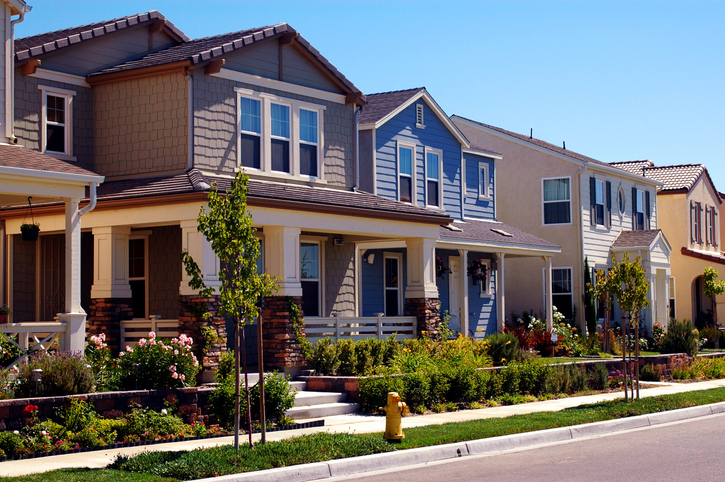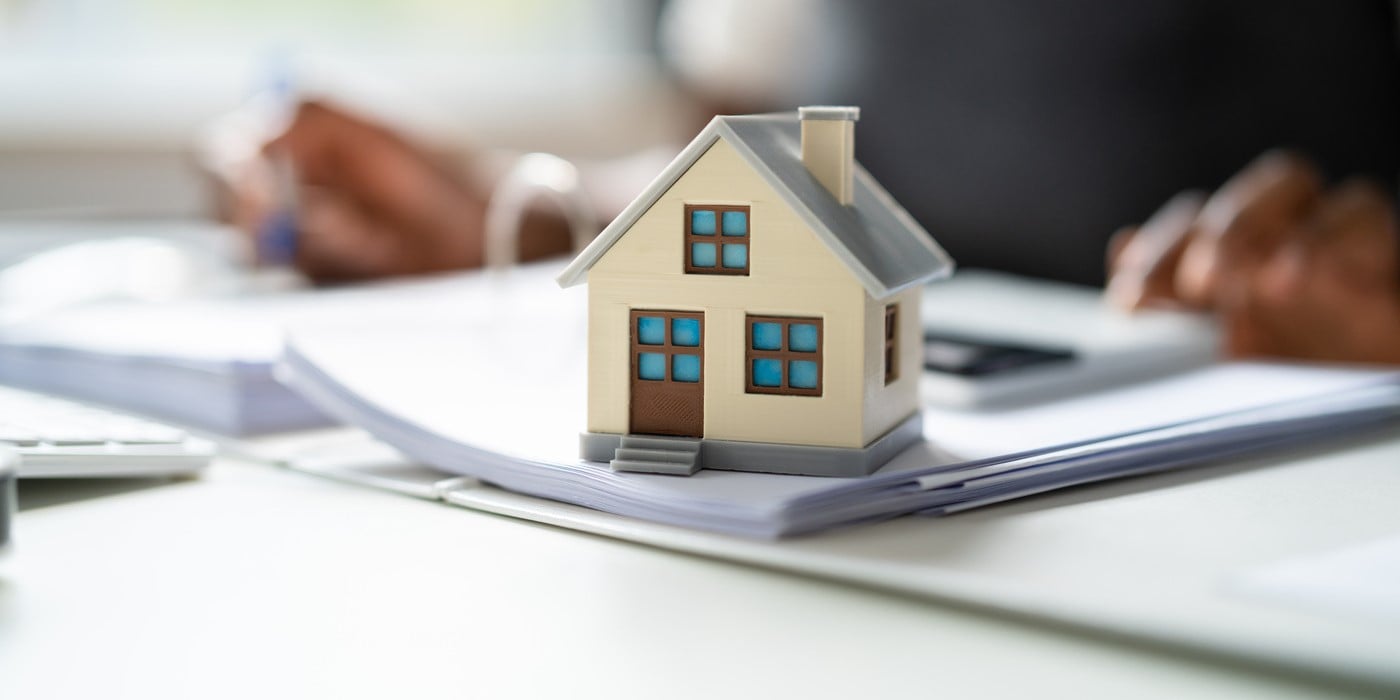The Future of Real Estate: Patterns and Opportunities to View
As the actual estate landscape develops, it becomes progressively essential to recognize the arising fads and possibilities that will specify the market in the coming years. Technical innovations are improving transactional processes, while a growing concentrate on sustainability mirrors altering customer concerns. Additionally, group shifts and the increase of remote work are affecting real estate preferences, especially in suv areas. With these characteristics at play, a more detailed assessment of the adaptations and approaches needed for success exposes interesting opportunities that can reshape financial investment methods and market actions.
Technical Technologies in Realty
In current years, the real estate industry has actually embraced a wave of technical developments that are changing standard methods. One of the most notable innovations is the increase of large information analytics, which allows real estate specialists to analyze market fads, anticipate home worths, and recognize financial investment chances with extraordinary precision.
In addition, digital truth (VIRTUAL REALITY) and boosted fact (AR) technologies are revolutionizing residential or commercial property advertising and marketing by providing immersive experiences for prospective customers and renters. These tools permit clients to perform online scenic tours of residential properties, thereby simplifying the search process and enhancing client engagement. Blockchain technology is obtaining traction as a method to protect purchases and preserve transparent documents, thus minimizing scams and speeding up the closing process.
Smart home innovations are also becoming progressively common, enabling house owners to monitor and manage their residential or commercial properties from another location (Real Estate Lockhart). Collectively, these technological advancements are reshaping the landscape of real estate, fostering a more effective, transparent, and customer-centric market
Demand for Sustainable Properties
As consumers increasingly focus on environmental obligation, the demand for lasting buildings has risen in the property market. This shift shows a wider societal trend toward sustainability, with capitalists and buyers seeking homes that minimize eco-friendly influence while making best use of power efficiency. Functions such as solar panels, energy-efficient home appliances, and lasting building products are currently deemed essential rather than optional.

In addition, the surge of green neighborhoods, which focus on walkability and access to public transport, even more highlights this trend. These advancements interest ecologically conscious purchasers and promote a much healthier way of living.
As the demand for lasting buildings remains to increase, industry stakeholders must adjust to these assumptions. By embracing cutting-edge techniques and prioritizing sustainability, the realty field can not only satisfy customer demand however likewise add to a more lasting future.
Transforming Customer Demographics

Additionally, the maturing populace is reshaping need for real estate. Baby boomers are looking for scaled down homes that offer accessibility and low maintenance, commonly preferring metropolitan settings with nearby facilities. This change requires a concentrate on multi-generational real estate services that accommodate varying demands.
In addition, social diversity is playing a critical function in realty fads. Customers from various histories bring unique choices and expectations, triggering designers to produce comprehensive settings that cater to a larger target market. As these group changes proceed to advance, genuine estate experts must adjust their techniques to address the demands of these varied purchasers. Understanding these altering demographics will be critical in determining arising opportunities and crafting tailored advertising techniques that resonate with the varied demands these days's market.
Rise of Remote Job Impact
Progressively, the surge of remote work is transforming the realty landscape, motivating considerable shifts in buyer choices and place options. As staff members appreciate the adaptability of functioning from home, several are reviewing their residential needs, resulting in a surge sought after for buildings in suv and rural areas. This pattern is mainly driven by the desire for even more large living atmospheres that can accommodate home offices and a much better top quality of life.
Additionally, urban facilities, once the centerpiece for buyers, are seeing a gradual decrease sought after as people focus on cost and access to nature. Genuine estate developers and investors are changing their emphasis towards residential or commercial properties that provide home workplace rooms, outside facilities, and closeness to essential solutions.
Genuine estate experts should adjust to the changing choices of buyers, stressing the significance of way of living variables in their advertising methods. The implications of remote job on real estate are Source extensive, forming future fads and chances.
Investment Opportunities in Emerging Markets
Financial investment opportunities in arising markets are consistently standing out from investor seeking diversification and development potential. These markets, identified by quick financial growth, raising urbanization, and an expanding middle course, existing distinct leads for savvy capitalists. Nations in Southeast Asia, Africa, and Latin America are witnessing substantial infrastructure renovations and favorable federal government plans, which further boost their charm.
Property markets such as domestic, commercial, and logistics are experiencing heightened demand as a result of metropolitan movement and developing consumer choices. Notably, cities like Ho Chi Minh City, Nairobi, and Medellín are coming to be hotspots for investment because of their expanding economies and youthful demographics.
Capitalists ought to carry out comprehensive market evaluations to determine essential patterns, such as changes in population dynamics and financial stability, which can influence building values. Furthermore, collaborations with regional genuine estate firms can facilitate effective entry and navigating in these markets.
Nonetheless, it's essential to be conscious of potential dangers, consisting of political instability and governing obstacles. By evaluating these variables and adopting a long-term viewpoint, investors can efficiently take advantage of the financially rewarding possibilities emerging in these establishing areas.

Conclusion
To conclude, the future of property will certainly be considerably influenced by technical improvements, an expanding emphasis on sustainability, and evolving purchaser demographics. The increase of remote work is reshaping housing preferences, especially in suburbs. Moreover, arising markets present substantial investment opportunities for stakeholders happy to adapt to these modifications. Browsing this transforming landscape will certainly need tactical partnerships and an eager understanding of market dynamics to take advantage of the trends shaping the sector.
As the genuine estate landscape evolves, it becomes significantly crucial to recognize the emerging patterns and chances that will define the sector in the coming years. One of the most significant innovations is the surge of large data analytics, which permits actual estate experts to examine market fads, forecast residential property values, and recognize investment chances with unmatched precision.As customers progressively prioritize ecological responsibility, the demand for lasting homes has risen in the real estate market. The ramifications of remote work on genuine estate are profound, forming future fads and possibilities.
Investment opportunities in emerging markets are consistently attracting attention from real estate capitalists looking for diversification and growth capacity.